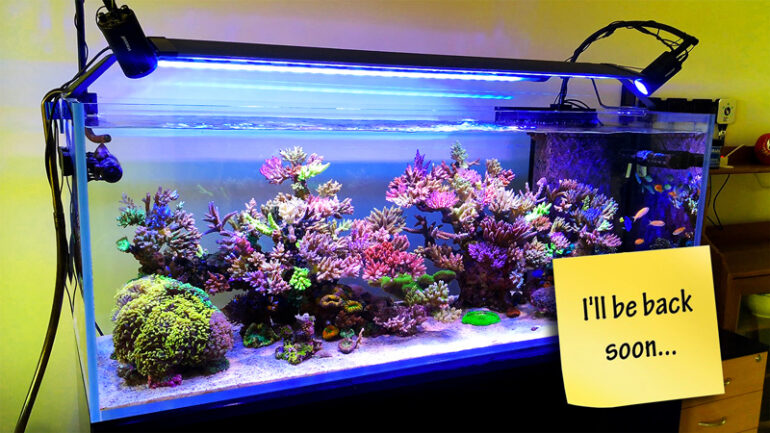As long as I’ve been keeping aquariums, I’ve always wanted more than one, or two, or five assorted freshwater, fish, and reef tanks. As you’ve read in the blog and seen in our videos, I also like to travel and visit aquariums and coral reefs on the other side of the world, taking me away from the aquarium controls for weeks at a time.
The only practical way to have multiple (healthy) aquariums at a time, and to be able to leave them alone for two to three weeks with a degree of confidence, is designing these aquarium systems to be minimal maintenance so they can coast for weeks on end, whether I am present or not. The idea of ‘self-leveling’ aquariums also ties into one of the governing principles of reef keeping, which is a stable environment where our corals and reef life can grow and be settled.
We’ve heard of many offices and places of business locking down for the next few weeks and maybe longer, but if you are responsible for an aquarium at one of these places, you might be left scrambling wondering what to do. So-called hands-free reefing is our specialty and contrary to what you might believe, it only requires a few modifications and actually takes less technology to put your tank on standby mode.
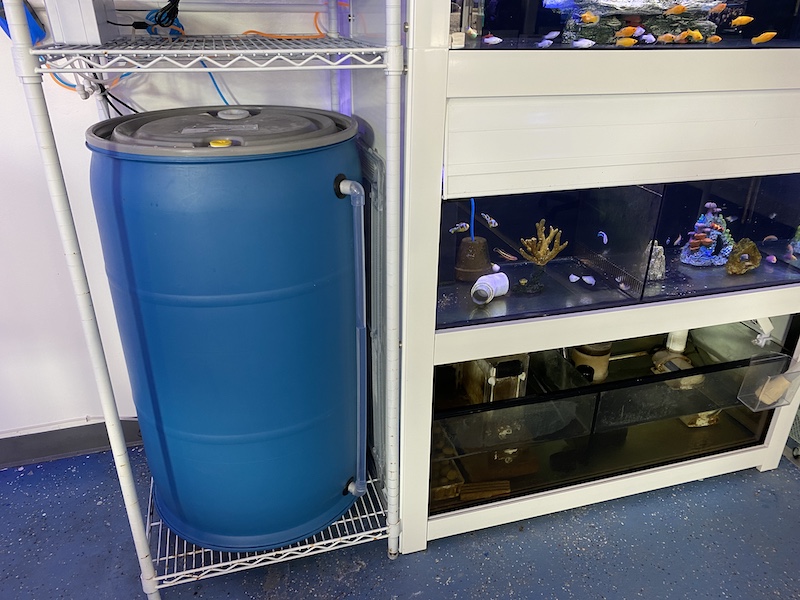
The single biggest thing unmonitored aquariums absolutely require is that they don’t run out of water. A typical reef tank, or freshwater aquarium, usually has some sort of Auto Top Off solution usually in the form of a switch-activated feed pump that replenishes freshwater lost to evaporation.
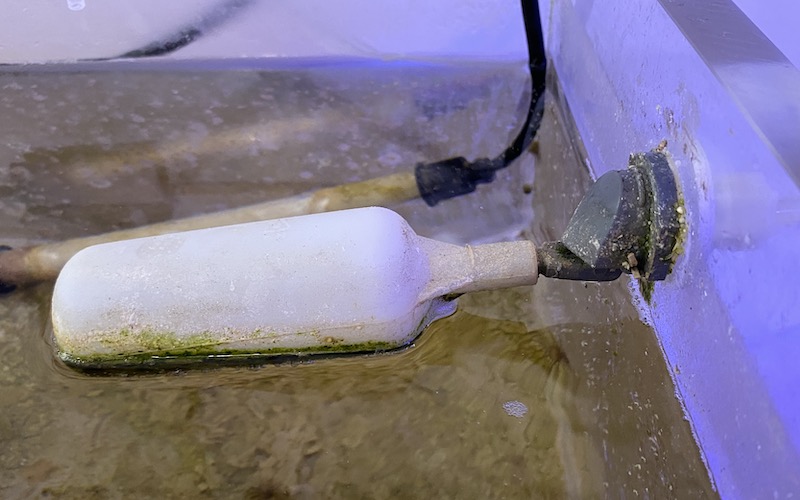
Typically you’d hope to have the reservoir of make-up water last you a couple weeks, and the most obvious thing you can do to extend replenishment times is to use a bigger reservoir. You don’t have to get a silly, fancy acrylic or glass box specially made for a top off reservoir when any old tote, pickle barrel will do. One popular choice is any number of large trash cans available in a wide range of sizes, shapes and volumes, just remember not to place it higher than the outlet of the pump, lest you start an unintentional siphon.
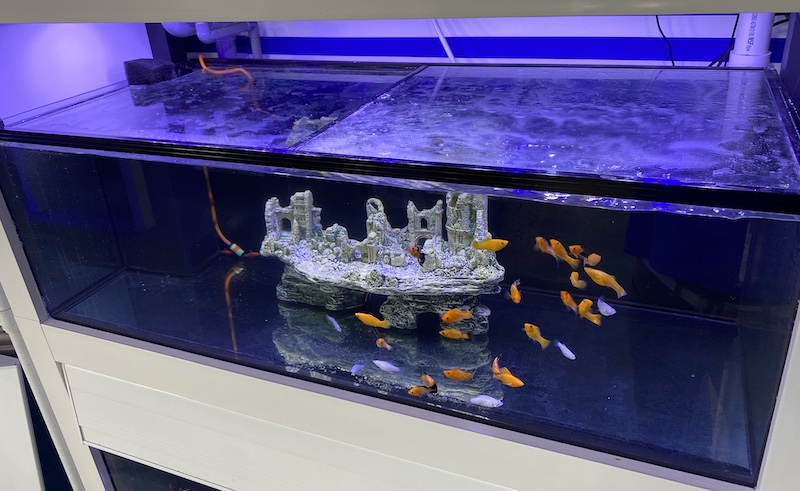
Honestly though, you can get a bigger reservoir all you want but nothing beats actually reducing evaporation from happening in the first place. A tight fitting lid, both on your tank and your sump can bring evaporation to a standstill, reducing the work your ATO has to put in, also minimizing the risk of ATO failure.
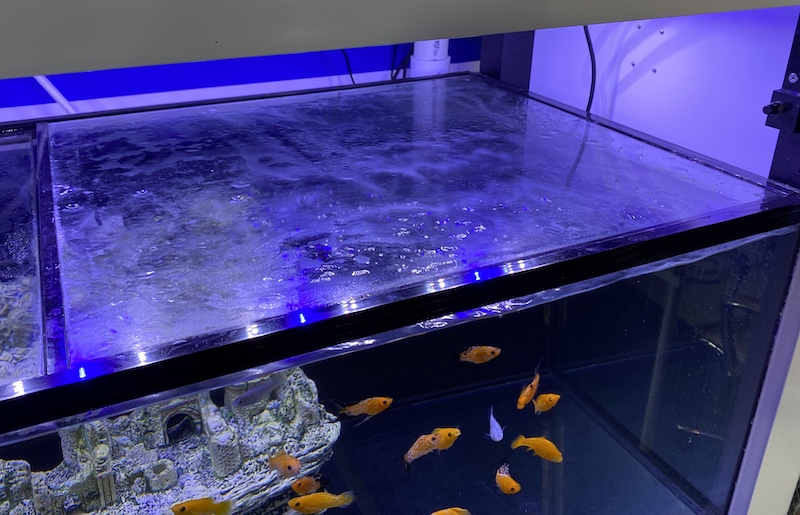
You might not have time to order a lid for your tank, or DIY one from transparent materials but believe it or not, we’ve actually used cling wrap in a pinch. This is especially handy for tanks that already have a screen lid or mesh top, and while it might look tacky it practically eliminates evaporation, extending the amount of time you need to replenish your ATO reservoir.
With the first tip in mind you might be thinking of also increasing the size of your chemical additive containers but a safer trick is to reduce your aquarium lighting. Turning down your lighting intensity and photoperiod, by as much as 20% of each will not harm your aquarium, but most of the corals, and the algae, will grow slower, thereby reducing mineral and trace element demands.
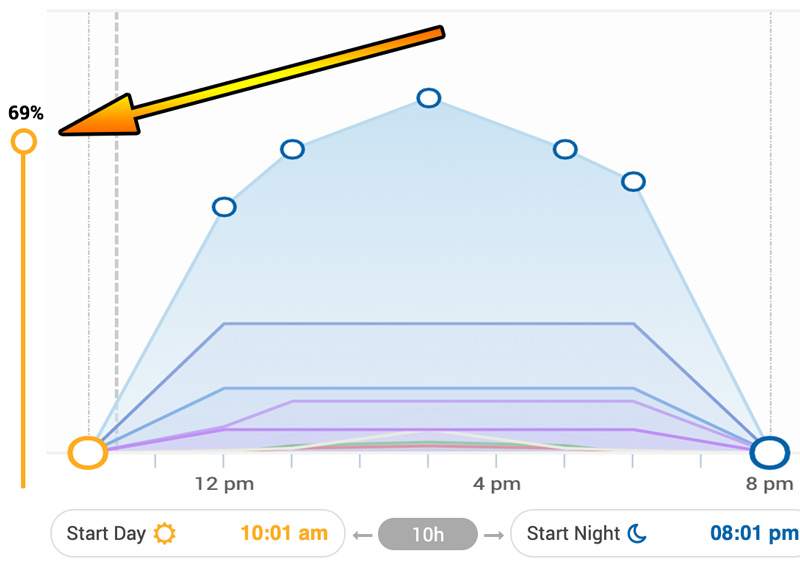
I think most reefers use their dosing pumps as a baseline of replenishment and make up the difference manually instead of constantly chasing numbers with the doser, or at least that’s what you should be doing. In this case you can reduce the volume output of your dosing but if you know that it’s pretty well balanced, you should probably keep programming where it is, only you can make that call. In every case, reducing the lighting while you are gone should help keep your tank coasting for longer.
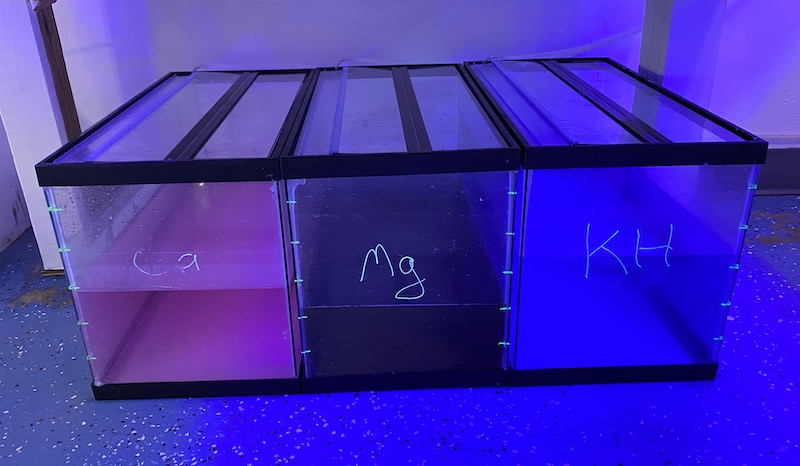
One of the things that is quite simple to do in your absence is feeding your fish through the use of an automatic fish feeder. Some of you that spoil your fish with twice daily hand feedings of frozen food might be wishing that your fish ate prepared foods. On the bright side, we guarantee that after a few days of not having literal seafood to eat, your fish will be looking at the colored bits floating through the water.
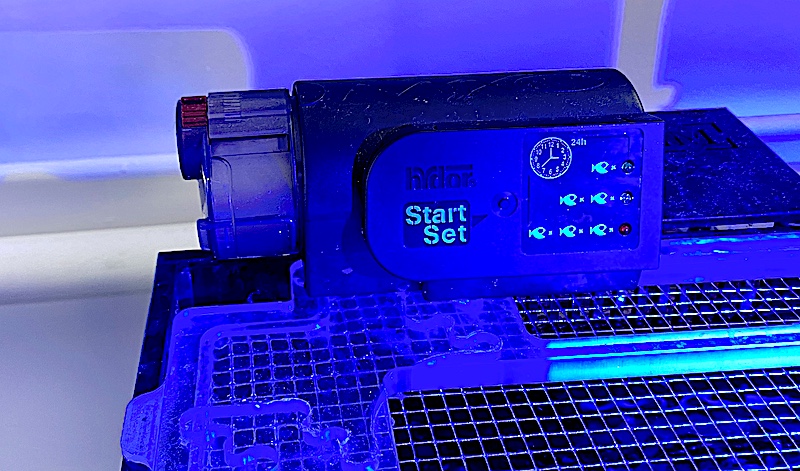
If you’re installing a feeder for the first time, be sure and use the automatic feeder with caution – take what you believe to be the smallest amount of food your fish need to eat and cut it in half. Underfeeding most fish has virtually no consequence on a timeline of several weeks or even a couple of months, but overfeeding can have significant, immediate, and snowballing consequences for your entire aquarium.
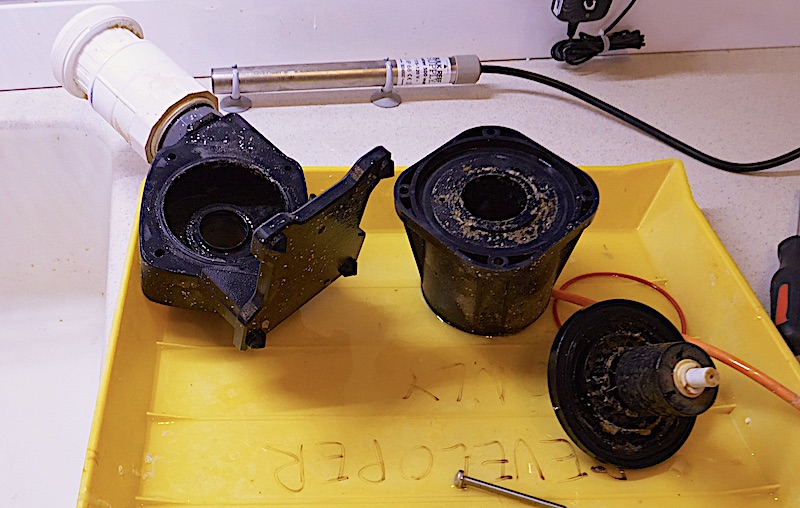
Last but not least, preventative maintenance is something you should perform on critical aquarium equipment on a regular basis, not only when something breaks or starts to make noise. Keeping our pumps, skimmers and filters clean is the biggest thing that keeps us in synch with our reef tanks, and gives us peace of mind whether we leave for the night, or for vacation.
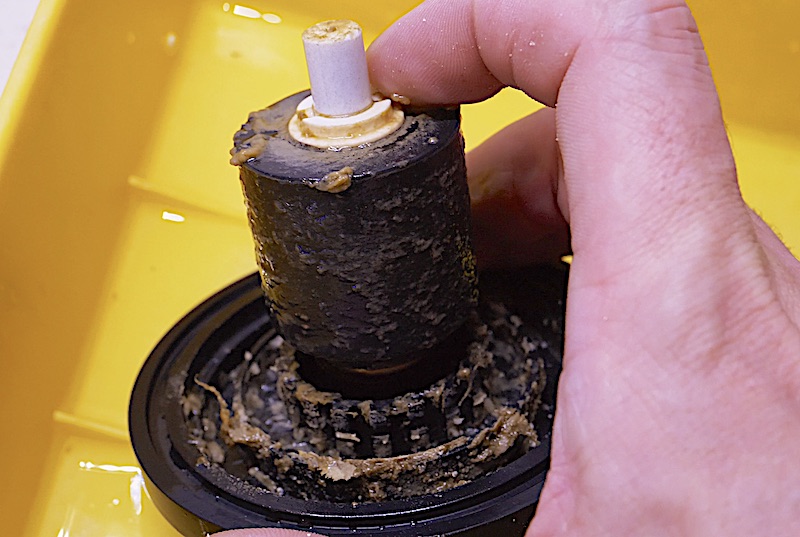
Taking pumps apart, cleaning impellers and valves, and removing calcification is very straightforward but if you’ve never done it before, or in a really long time, definitely do not try and do it all at once and then leave your aquarium to fend for itself for a few weeks. It’s much easier to replace the chemical medias such as carbon and GFO, clean your skimmer cup and intake, all of which will help stabilize your aquarium chemistry and biology for the better.
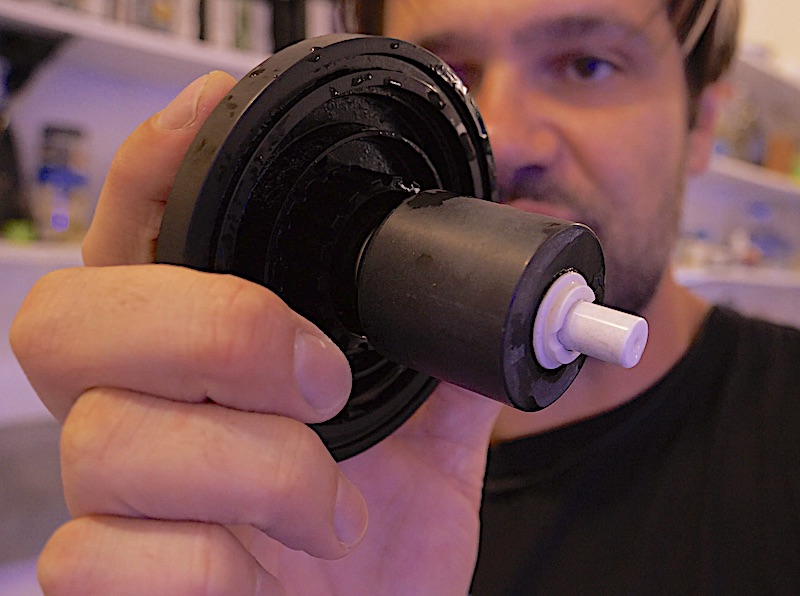
Unfortunately, the discussion of ‘aquarium automation’ has revolved more around the idea of adding gadgets, gizmos, and controllers to machine-correct on behalf of the aquarist. A more practical, reliable, and cheaper approach is to design your aquarium to self-correct in the first place, through the use of gravity fed float valves for top-off, using smart devices, and just a good heaping tablespoon of common sense.
We sincerely hope that whether you’re reading this piece during the social distancing of 2020, or sometime after this crisis has long passed, these tips to enabling cruise control of your aquarium will help your tank weather your absence, and work much better all year long.


